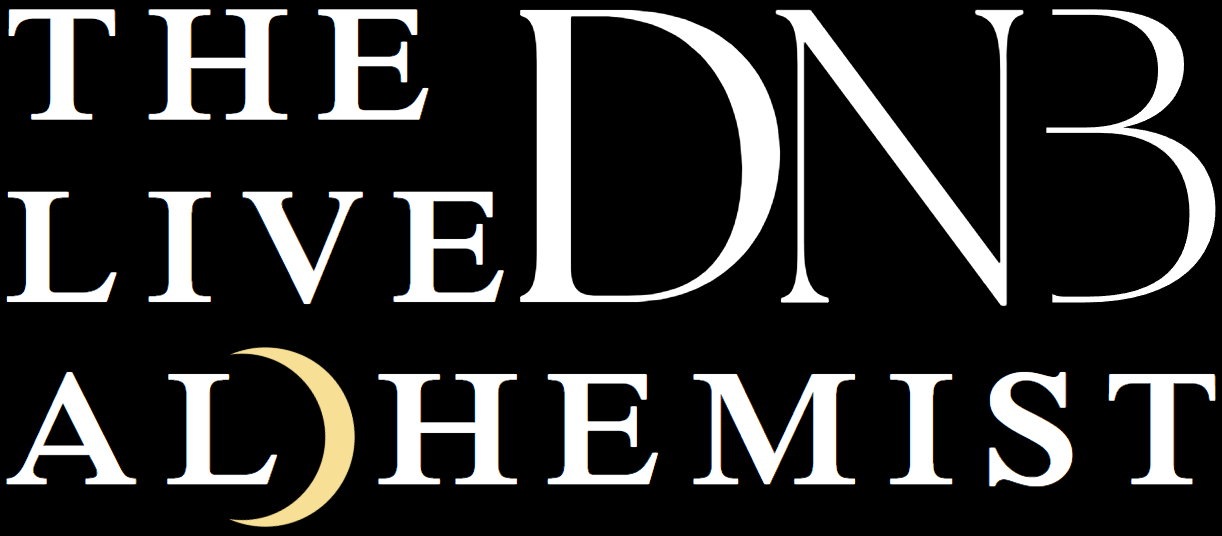Okay okay, yes 10 minutes reading, but....
- Passive reading: 10 minutes (read it once, move on).
- Active processing (thinking, applying ideas): 1–3 days to start noticing patterns in real conversations.
- Habitual change (catching yourself and others consistently): 2–4 weeks with intentional practice.
Breakdown:
- Day 1: Immediate awareness. You start hearing distancing language everywhere — in meetings, texts, apologies.
- Days 2–7: You begin catching yourself, but maybe only after you’ve already spoken.
- Days 7–21: With practice, you start pausing before speaking. You notice the urge to hedge or avoid.
- Day 21+: Behavior starts to become more natural. You “own” cleanly without overthinking it.
AND With Beyoncé as my muse:
‘Nothing real can be threatened.’
True love brought salvation back into me.
With every tear came redemption and my torturers became my remedy.
So we're gonna heal. We're gonna start again.
You've brought the orchestra, synchronized swimmers.
You're the magician. Pull me back together again, the way you cut me in half. Make the woman in doubt disappear. Pull the sorrow from between my legs like silk. Knot after knot after knot. The audience applauds … but we can't hear them.
Now, the stage is set.
_________________________________________________________
We’ve all heard it, even if we didn’t realize it.
Those little phrases people use to dodge responsibility. The verbal side-step. The emotional escape hatch.
It’s called distancing language, and once you know how to spot it, you can never unhear it.
What is Distancing Language?
Distancing language is any word choice that creates emotional, psychological, or literal distance between the speaker and the subject.
It’s the verbal equivalent of someone leaning way back in their chair when the conversation gets uncomfortable.
It’s subtle, but powerful. And it can tell you more about a person or a situation than they’re willing to admit directly.
Distancing language shows up everywhere:
- Personal conversations
- Business emails
- Public apologies
- Political speeches
It’s not always sinister, but it’s almost always telling.
When It’s Your Mistake: Own It
When I forget something, I make the language direct and clear:
"I forgot to submit the report."
No hiding. No tap dancing.
Ownership builds trust. People respect someone who steps up, even when they miss.
When It’s Their Mistake: Distance It, Respectfully
When the mistake isn’t mine, and I’m addressing someone else’s action, I strategically use distancing language:
"The report didn’t get submitted."
Notice what I’m not doing:
- No naming names in public
- No slinging blame
Because how you speak about other people's mistakes in their absence builds, or destroys, trust.
When you distance without blame:
- You protect their dignity.
- You show loyalty.
- You model professionalism.
It sends a clear message:
"I’ve got your back, even when you’re not perfect."
Give Others the Opportunity to Step Up
Using distancing language on someone else’s behalf doesn’t just protect them. It gives them the space to own it themselves.
Nobody is perfect. Mistakes are inevitable. So why weaponize them?
Throwing someone under the bus to make yourself look better is short-term thinking. It erodes trust, fast.
But when you handle mistakes with grace:
- You build a culture where responsibility is chosen, not forced.
- You show that leadership isn’t about looking good, it’s about doing good.
The Best Leaders Know This
Great leaders, teammates, and friends don’t excuse mistakes. But they don’t broadcast them either.
They create room for others to step up and trust that growth beats perfection every time.
Protecting someone else’s dignity doesn’t make you weak, it makes you powerful.
Publicly shielding others builds:
- Loyalty
- Respect
It shows accountability isn’t about “gotcha” games. It’s a standard you live by, and invite others to live by too.
Principle to Live By: Protect in Public, Correct in Private
- Publicly: Use distancing language to protect the team.
"There was a delay in the report submission."
- Privately: Address the real issue directly.
"Hey, I noticed you missed the report deadline. Let’s figure out what went wrong."
This balance builds trust that doesn’t evaporate the second someone stumbles.
Caveat:
If you're working towards building someone up, as a parent, leader, or friend, consider taking responsibility where it genuinely makes sense to do so. It's my soul food.
"There was a delay in the report submission. I think there’s a piece of this I can own, I could have been clearer about the expectations."
- Leadership isn't about deflecting blame, but it often requires absorbing more than your share to ease tension and create an environment where growth is possible.
- YOU are modeling ownership without blaming, and it invites (but doesn’t force) the other person to reflect on their part.
It signals:
- “This is a space where we own what’s ours.”
- “It’s safe to admit fault.”
- “I’m not here to shame you, I’m here to move forward.”
Psychologically, it lowers defensiveness.
When you step into accountability calmly, the norm is set, most people will naturally mirror it because you’ve removed the fear of being blamed or attacked.
If you want it to be even more of a direct invitation for them to step up without being aggressive, you could add something like:
“I’ll take responsibility for where I could have managed expectations better. Is there anything you feel you could have done differently?”
or
“I’ll own my part, and if there’s anything you want to own on your side, I’m all ears.”
How to Spot Distancing Language
Listen for missing subjects:
- Who’s doing the action? If it’s mysteriously absent, that’s your first clue.
Watch for slippery pronouns:
- "We," "they," "one", instead of "I."
Pay attention to emotionless language:
- If the tone is cold or detached when it should be personal, lean in.
Look for hedging:
- Phrases like "it seems," "it appears," "might have been" suggest unwillingness to take a stand.
Notice overexplaining or abstraction:
- If someone sounds like they’re giving a dissertation when a simple explanation would do, they’re probably dodging something.
When to Take Action
Not all distancing language needs a response.
Sometimes it’s protective. Sometimes it’s harmless.
But when distancing language becomes a pattern, it signals a deeper systemic issue. And it may be time to address it.
How to Correct Distancing Language in Real Time
You teach people how to treat you. One of the fastest ways?
Catch distancing language in real time and correct it, calmly, directly, and with precision.
Step 1: Pause the Conversation
Timing is everything.
When you hear distancing language, like "I'm sorry you feel that way" or "I'm sorry about the situation", pause immediately.
Without anger, say:
"I'm gonna stop you right there."
(Stay calm. Gun stays in the holster.)
Step 2: Name What’s Happening
"When you say things like, 'I'm sorry you feel that way,' you're avoiding real responsibility."
Step 3: Summarize the Impact
"The result is that your apology feels empty, like you're apologizing for my feelings, not for your actions."
Step 4: Model the Correct Behavior
"A good apology sounds like this: 'I’m sorry I [specific action]. I understand that it [impact]. I take responsibility.'"
Step 5: Reinforce and Invite a Retry
"Can you explain that back to me? What did you hear?"
Then:
"Okay, I want you to try again."
No sarcasm. Calm demeanor. Open arms.
Step 6: Reward the Correct Response
If they get it right:
- Acknowledge it.
- Move on.
"That’s better. Thank you for owning that. Let’s move forward."
If they don't:
- Correct once more if they're sincere but fumbling.
- End the conversation if they're dodging.
Either way, you've taught them, and shown them, how to communicate with you.
Why This Works
- It protects your confidence: You’re not absorbing weak apologies or hidden blame.
- It establishes standards: Showing what respect and accountability look like.
- It builds real relationships: People who can meet you here are worth keeping.
Pro Tip
Practice this long enough, and you’ll notice something else:
You’ll stop attracting people who need this lesson altogether.
Your standards will start filtering your circle for you
Here’s how you can catch yourself in real-time:
1. Listen to Your Own Words
As you're speaking, watch for:
- Passive constructions: “The report didn’t get done.” (Wait, who didn’t do it?)
- Missing “I”: “Mistakes were made.” (By who? )
- Cold detachment: If it sounds clinical or emotionless when it should feel personal, that’s a signal.
Quick self-check:
Ask: Am I talking around the issue instead of through it?
2. Feel for Emotional Distance
You’ll often feel it before you hear it:
- Do you feel a tiny twinge of discomfort right before you speak?
- Do you find yourself softening a statement because you don’t want to own it?
- Are you about to say something vague because you don’t want to sound wrong?
Quick self-check:
Ask: Am I protecting my ego or protecting the relationship?
3. Watch for Hedging and Overexplaining
If you find yourself about to say:
- “It appears that...”
- “It seems like...”
- “Maybe there was some confusion...”
- or launching into a mini-speech when a simple sentence would do…
Pause. You might be distancing without even realizing it.
Quick self-check:
Ask: Am I using extra words to avoid a simple truth?
4. Practice Pre-Ownership
Before you respond, mentally rehearse:
“What’s my part in this?”
Even if it’s small, claim it cleanly and early.
Example:
- Instead of: “There were delays on the project.”
- Say: “I should have spotted the delay earlier, I’ll own that.”
5. Use the Physical Pause
When you notice the urge to dodge, pause physically, breathe, lean in, don’t rush to speak.
Pausing gives you just enough space to shift:
- From protecting yourself
- To owning your part.
Mantra to Catch Yourself
“Own what’s mine. Leave what’s not.”


